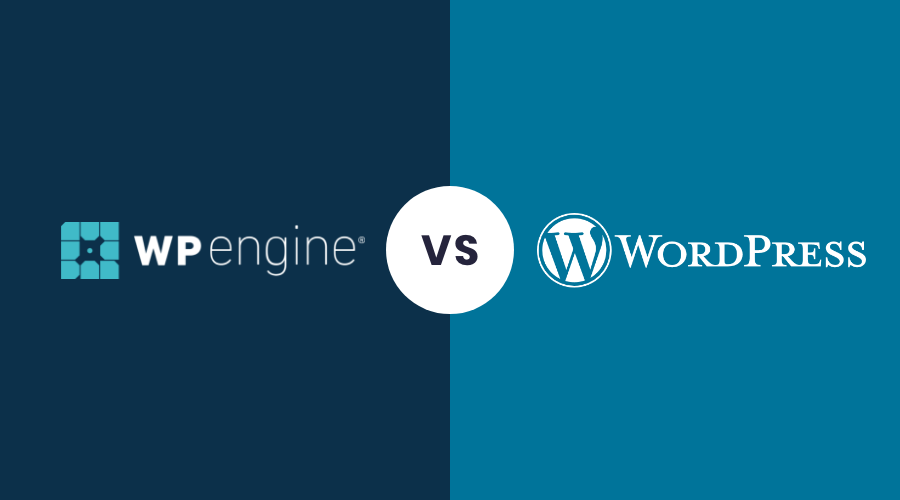WordPress has long been the backbone of the internet. As of 2025, it powers over 43% of all websites and holds nearly 65% of the global CMS market share. But recent developments — particularly the Advanced Custom Fields (ACF) acquisition by WP Engine, followed by pricing model changes and community backlash — have raised questions in developer circles.
So why is WordPress still not just surviving, but thriving?
In this post, we’ll explore the WP Engine and ACF situation, what it means for the WordPress ecosystem, and why the platform continues to dominate the web despite the challenges.
What Happened with ACF and WP Engine?
In 2021, WP Engine acquired several key WordPress products from Delicious Brains, including:
- Advanced Custom Fields (ACF)
- WP Migrate
- Better Search Replace
- WP Offload Media
Initially, the news was met with cautious optimism. WP Engine, a major managed hosting provider, promised continued development and support. But as time went on, several issues emerged:
- ACF Pro pricing changes sparked concern, especially among freelancers and small agencies. Lifetime licenses were phased out, and pricing moved to annual subscriptions.
- Support restructuring and roadmap uncertainty led to fears that development would become more commercial, less community-driven.
- Users voiced frustration that ACF could become bloated or overly integrated with WP Engine’s ecosystem.
While WP Engine has addressed some concerns, many developers felt blindsided and began questioning the future of plugin independence in the WordPress space.
WordPress Market Share in 2025: Still #1 by a Mile

Despite the turbulence, WordPress remains the world’s most-used content management system:
- Over 43% of all websites run on WordPress (source: W3Techs, 2025).
- WordPress powers sites of every kind — blogs, news platforms, eCommerce stores, portfolios, membership platforms, and SaaS products.
- Competitors like Wix, Squarespace, and Webflow are growing — but none come close in terms of flexibility or market share.
Why is that?
Because WordPress isn’t just a CMS — it’s a huge, open-source ecosystem that supports millions of developers, freelancers, agencies, and businesses worldwide. Its flexibility allows people to build everything from simple blogs to complex e-commerce sites without starting from scratch. With thousands of plugins and themes, users can easily add features and customize designs, making it accessible for beginners and powerful enough for experts.
Plus, the community around WordPress constantly improves it by releasing updates, security patches, and new tools. This vibrant ecosystem makes WordPress a reliable and popular choice for websites of all kinds.
Why Advanced Custom Fields Still Matters in 2025
Even after the acquisition, ACF remains one of the most powerful and developer-friendly tools in WordPress.
Here’s what it still does exceptionally well:
- Custom Content Modeling: Create custom fields, field groups, and content types without touching database schema manually.
- Flexible Integrations: ACF works beautifully with custom post types, theme templates, and modern development workflows.
- Gutenberg Compatibility: ACF Blocks let developers build reusable block editor components, blending PHP logic with the block interface.
- Cleaner Admin Interfaces: Build intuitive backends for clients without bloated page builders.
Many seasoned developers still rely on ACF daily — and although the pricing has changed, the return on investment remains strong for custom WordPress development.
The Future of WordPress: Headless, Hybrid, and Full Site Editing
Rather than being left behind, WordPress is adapting — even thriving — in a world that’s shifting toward modern JavaScript frameworks and headless CMS platforms.
Here are a few ways WordPress is evolving in 2025:
- Headless WordPress: Developers are using WordPress for content management and delivering frontends with Next.js, Nuxt, Astro, and more — via the REST API or GraphQL.
- Full Site Editing (FSE): The block editor continues to mature, allowing for more dynamic, component-based site builds without relying on traditional themes.
- Developer Tools & Hosting: Hosting providers like WP Engine, Kinsta, and Cloudways now offer CI/CD, Git integration, and staging environments — making WordPress more attractive to developers.
Combined, these advancements are helping WordPress remain competitive with modern platforms like Webflow, Ghost, and Sanity.
Final Thoughts: Why WordPress Isn’t Going Anywhere
Even with some growing pains, WordPress remains a flexible, extensible, and future-ready platform that millions depend on — from hobby bloggers to enterprise teams.
Here’s why it’s still the best option for many:
- Open Source DNA: WordPress’s GPL license ensures that anyone can use, modify, fork, and contribute to the project. Unlike proprietary platforms, your content and codebase are always under your control.
- Massive Ecosystem: No other CMS offers the depth of plugins, themes, tutorials, hosting options, or developer talent. Whether you’re building a small business site or an advanced web app, there’s a solution within reach.
- Low Barrier to Entry: Beginners can start with a visual theme, while developers can go deep with PHP, REST, GraphQL, and modern dev workflows.
- Continued Innovation: From Full Site Editing to headless integrations, WordPress continues to evolve — and its adaptability is its greatest strength.
Yes, acquisitions like the one involving ACF can create temporary discomfort, especially when pricing and trust are at stake. But they don’t define the whole ecosystem. What matters most is the underlying platform — and WordPress is still solid, growing, and deeply supported by its global community.
🗨️ What do you think? Are you still using ACF and WordPress in your projects, or exploring alternatives? Drop a comment below — or contact me with any questions.

Leave a Reply